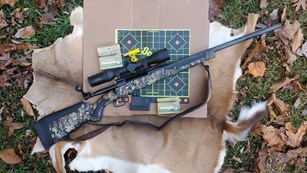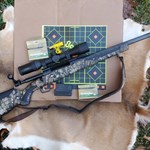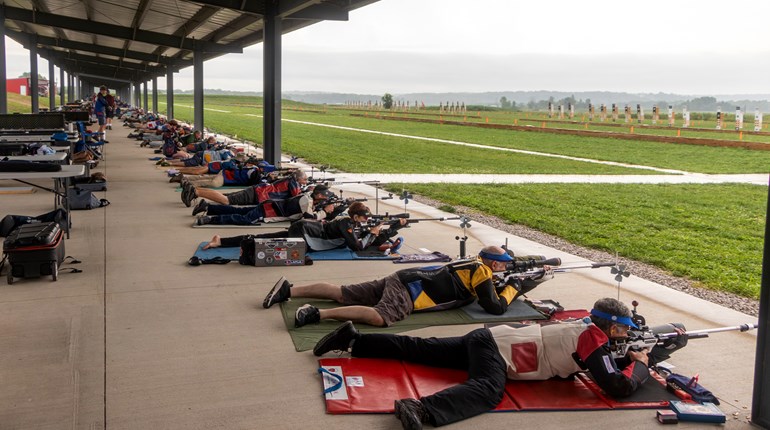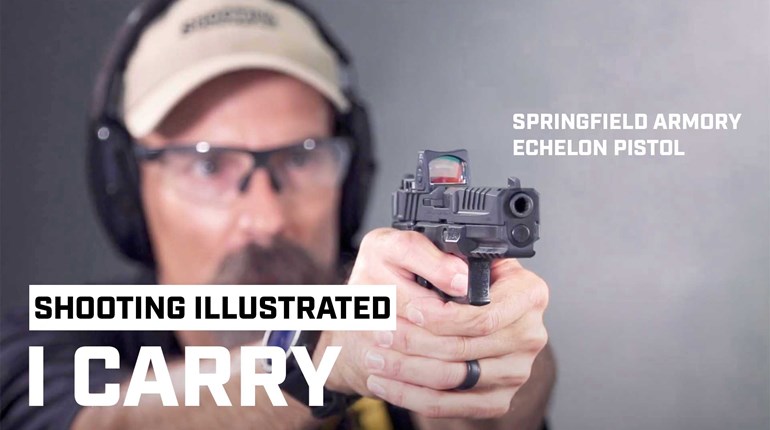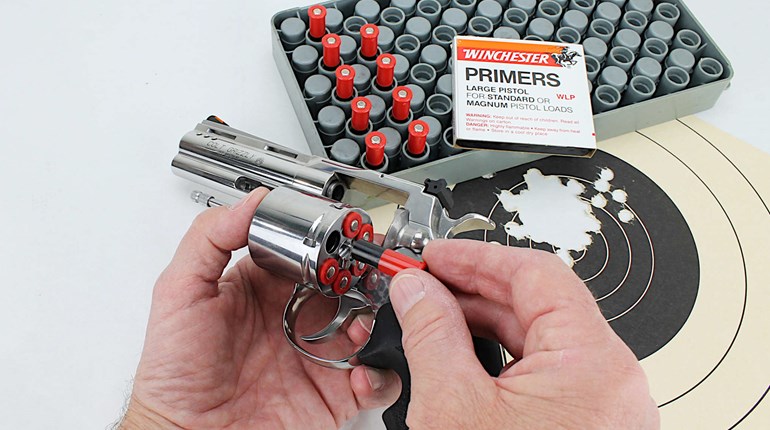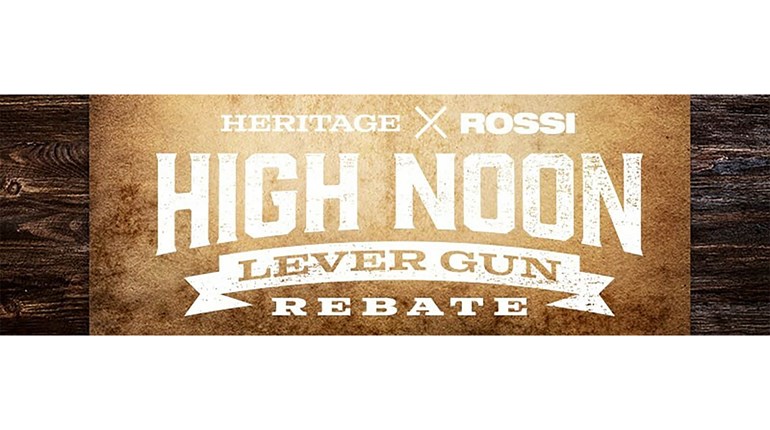
Knives are important tools that we all use for a number of tasks in our everyday lives—from opening boxes to field-dressing game. Knives are everywhere. Knowing how to handle, use, and store knives are critical skills that we should all possess as outdoor enthusiasts, because your gear will only take as good care of you as you take of it.
Sharpness
One of the first lessons to learn is that the safest knives are actually the sharpest ones. That might sound a little contradictory, but the truth is that a sharp knife cuts more easily than a dull knife. This means it’s less likely to move in a direction you don’t want it to. How do you know if a knife is sharp? One method for testing sharpness is to hold a piece of paper, then draw the knife across the limp edge of the paper. A sharp knife will bite into the paper and cut it easily; a dull knife will deflect the paper and will not cut the paper; a marginally sharp knife will tear the paper.
Sheaths
There are a variety of sheaths on the market. Sheaths are designed to hold, carry and protect knives until they are needed. The most common sheath materials are leather and kydex. Kydex is a heavy plastic material that is molded by heat. It’s very durable, and lighter than leather. Other sheath materials include wood, metal and molded plastic. One of the primary ways people get cut while using knives is when they’re removing or inserting the knife into its sheath. When removing a knife from a sheath, pay close attention to where your hand is on the sheath, and if the cutting edge of the blade could possibly contact your fingers or hand while the knife is being removed. When putting the knife back into the sheath, equal care should be taken to ensure that the knife is lined up in the sheath properly and that it seats all the way. If the sheath has a closure, make sure the closure is secured properly.
Handling
Handling a knife properly is important. It lets the people around you know that you know what you’re doing and instills confidence. I’m not talking about spinning or throwing knives like they do in the movies—that stuff is just as unrealistic as most other things you see in the movies. Handling a knife properly means doing things like never cutting toward yourself and holding the knife properly and securely when you’re cutting. It means never letting a knife leave your direct control. When you hand a knife to someone, always make sure that the tip is pointed down, and the spine (dull edge) of the knife is pointed toward the person to whom you are handing the knife. When handling a knife, pay attention, because the sharp edge will cut whatever it touches.
Cleaning and protecting
Knives are made of steel, and most steel will rust. There are some steels that are much less prone to corrosion; they are referred to as “stainless steel.” Even stainless steel can rust or discolor—that’s why they call it “stainless” steel, not stainfree steel. Many knives are high-carbon steel; the carbon is part of what makes them hard enough to hold a good cutting edge. It also allows them to rust more easily. With proper care, carbon-steel blades can be kept in very nice shape. When cleaning steel, one needs to get all of the contaminants off of the steel so that a protective coating can be applied directly to the steel. Hot, soapy water is the best way to clean most knives. Once the knife is clean, it should be rinsed in hot water then wiped dry with a cloth. While the knife is still hot, apply a protective oil. Some options include Rem-Oil, WD-40 and CLP, but my all-time favorite is paste floor wax. The wax leaves a tough film of protectant on the knife and will keep it from discoloring with changes in humidity or temperature—which can cause steel to “sweat” or go from cold to warm and have water condense on the surface.
Paying attention to the basics that are laid out in this article will help you get started on the right path with one of the most useful tools that man has ever developed. When using knives, as with many tools, it is important to be conscious and act responsibly. Knives can make many tasks much quicker and easier, as long as they are used correctly and with care.









